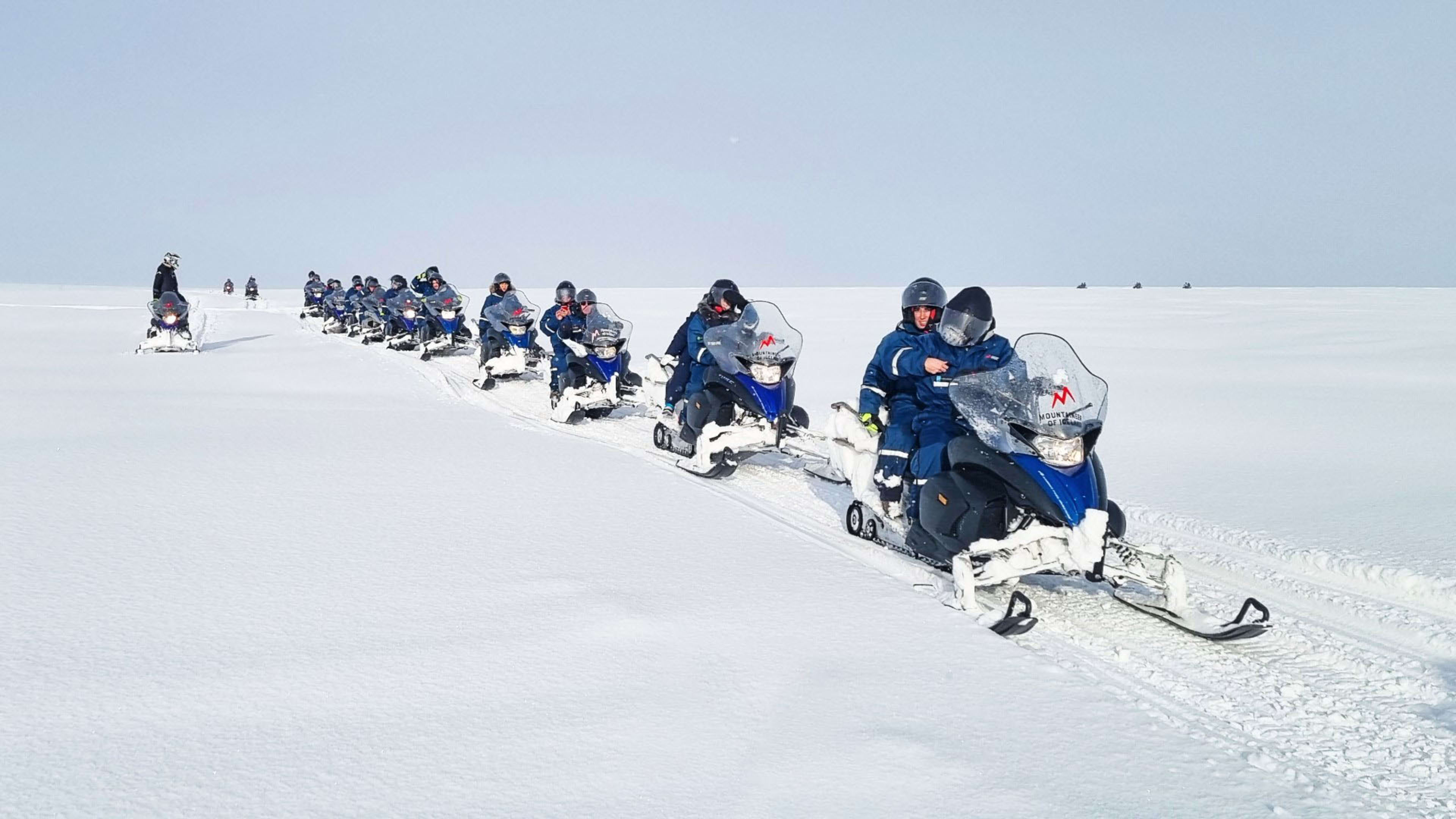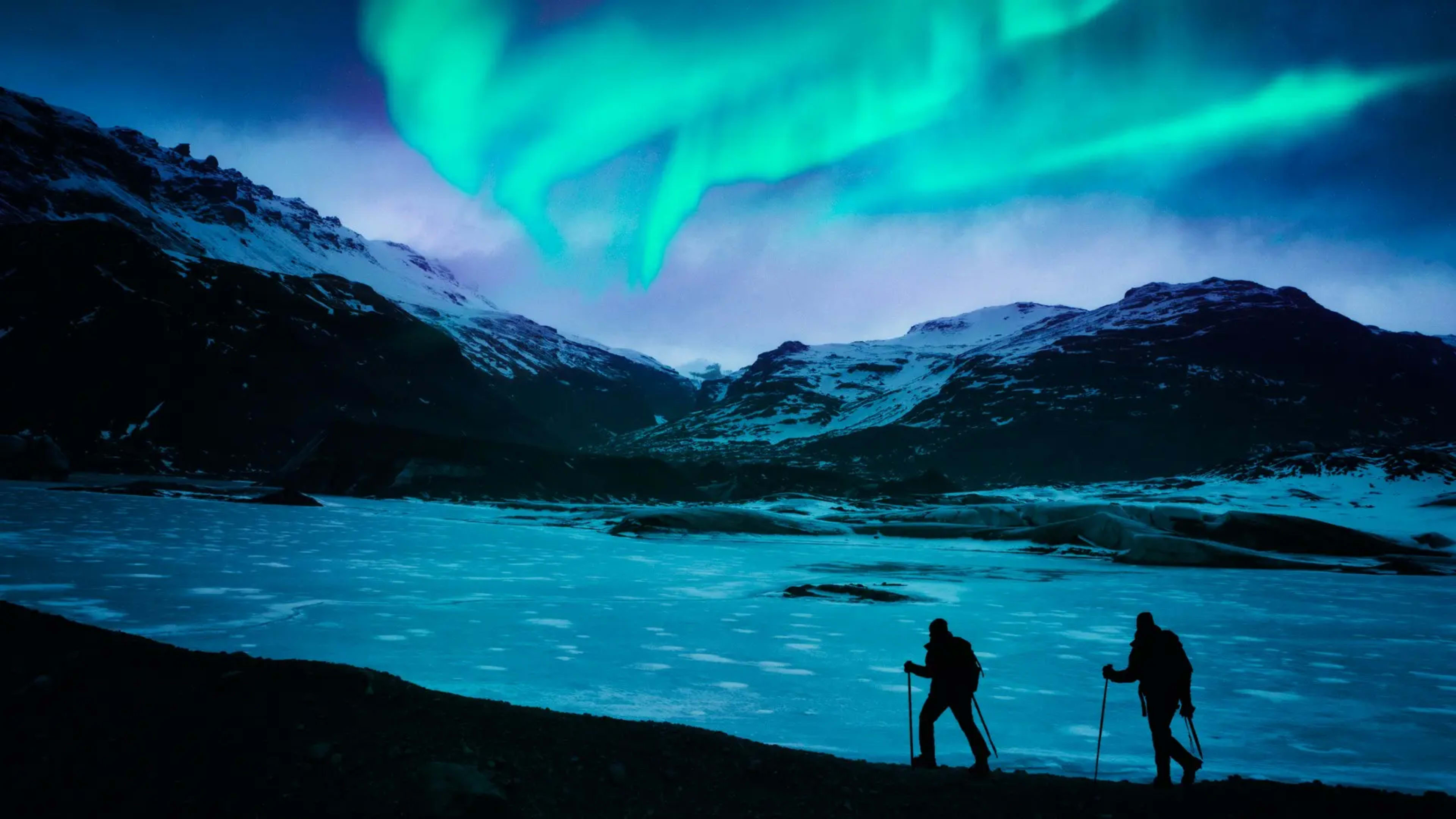Ice, lava, regular… no matter how you like your caves, Iceland’s got ’em in spades. There’s not too many places in the world where you can see all these different kinds of caves together. So if you love cave exploring, get yourself over to Iceland!
Seeing an ice cave in Iceland is an unforgettable experience. How many times have you actually stood inside a glacier, with nothing but clear, blue ice above your head?
- Check out these Iceland adventure tours with included ice cave and lava cave trips.
And if you want to see a lava cave, Iceland has you covered. These hollow tubes of volcanic rock allow you to stand where there once was molten lava flowing at high speed.
For the low-down on which ice caves and lava caves in Iceland to visit, keep on reading.
All about Iceland’s ice caves
How are the ice caves in Iceland formed?
All of Iceland’s natural ice caves have one thing in common (apart from being magical): they form deep underneath the glacial ice.
In the springtime, ice melts and drains into rivers that run underneath the glacier. As the winter approaches and the melting stops, these rivers run dry, leaving behind a void that freezes over.
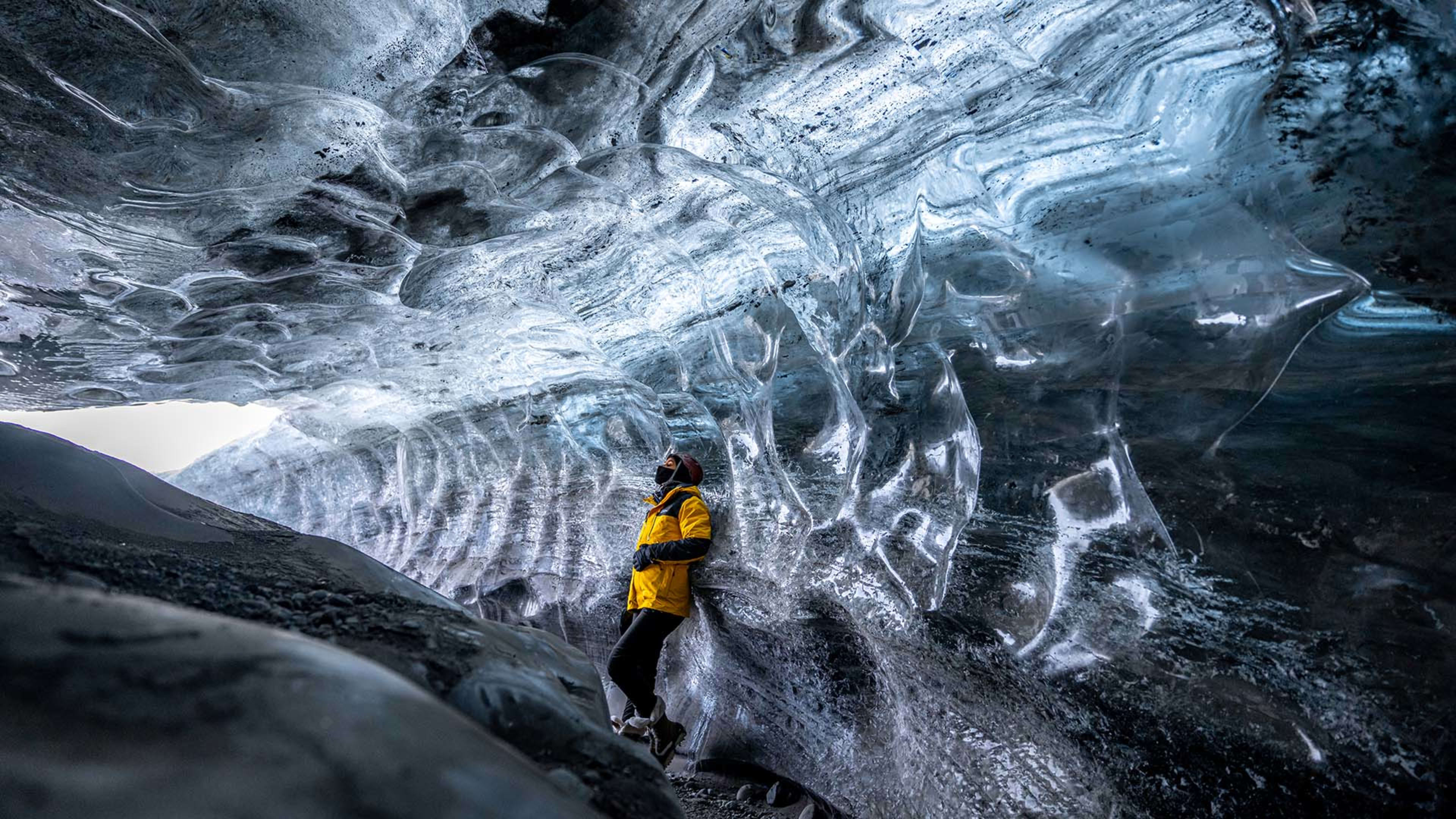
This natural process creates extremely smooth, clear-blue ice tunnels. Some of them are big enough for you to walk inside!
The exact size and location of the ice caves change from year to year. With that in mind, you definitely need a guide if you want to see them.
There are also a small number of year-round ice caves that form around hot springs under the glacier. They’re generally not safe to visit due to the constant melting of ice.
- See more icy delights on one of these Iceland winter vacation packages.
- Find out about more of Iceland’s wonders in our nature & landscape guide.
Where are there ice caves in Iceland?
Iceland’s (and Europe’s) largest glacier, Vatnajökull, is big enough that ice caves form reliably winter after winter. This means it’s your best bet if you want to see glacial ice up close.
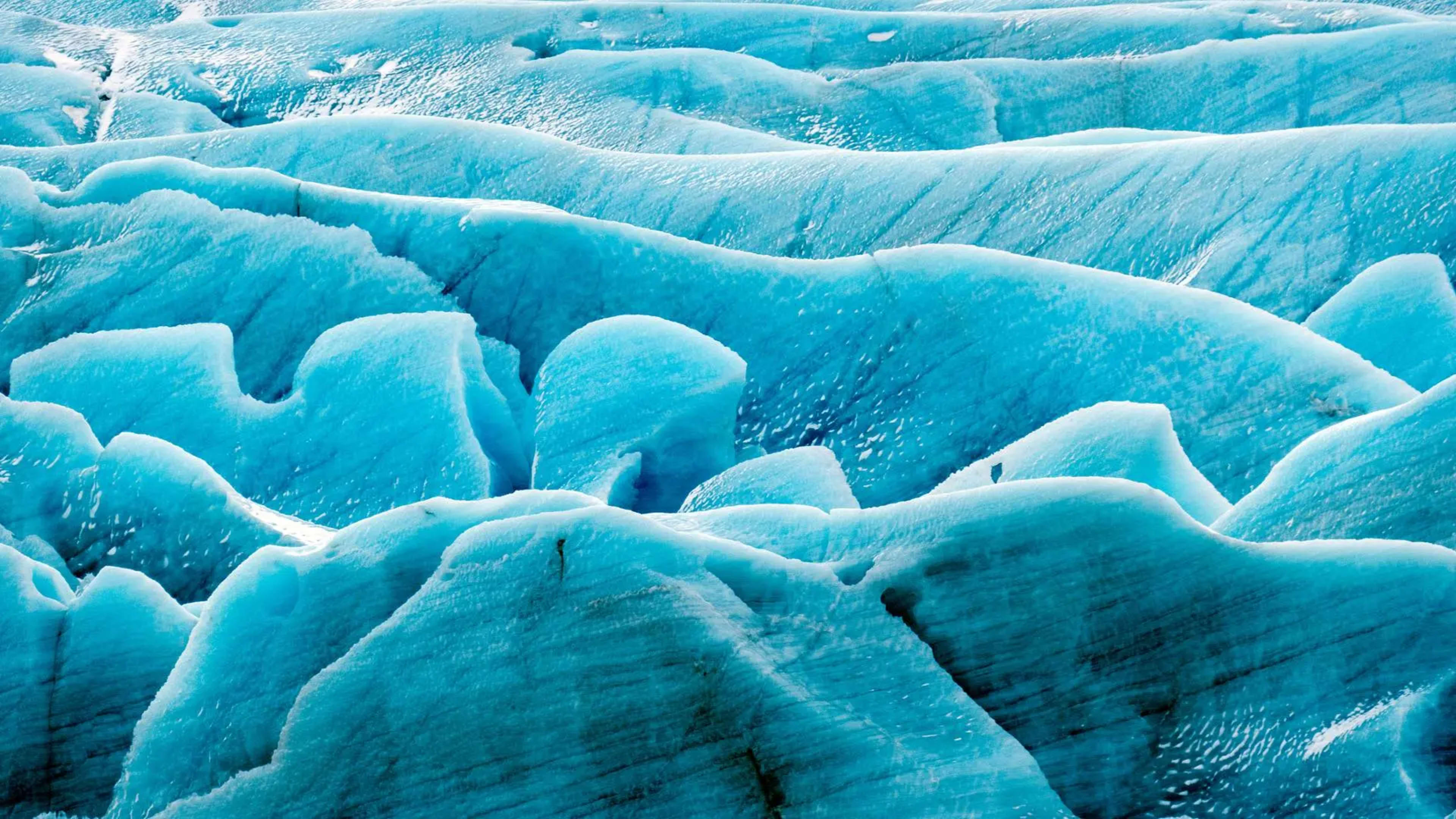
Most ice cave tours in Iceland start on the southeast coast near the Vatnajökull glacier. Skaftafell, not far from the Jökulsárlón glacier lagoon, is a logical starting point.
- Related: Best glaciers to visit in Iceland.
Skaftafell is around a 4- to 5-hour drive from Reykjavík. This means you’d be best off staying in a nearby town like Höfn, to make sure you have the time and energy to fully enjoy the experience!
Alternatively, you can join a Katla ice cave tour from Vík on the south coast, which is around a 3-hour drive from Reykjavík.
How can I see Iceland’s ice caves?
In wintertime, there are day tours available to Iceland’s ice caves. These are the only way to see them – venturing solo is not an option here. Plus, why wouldn’t you want the knowledge of a local guide who knows where all the best glacier ice caves are?
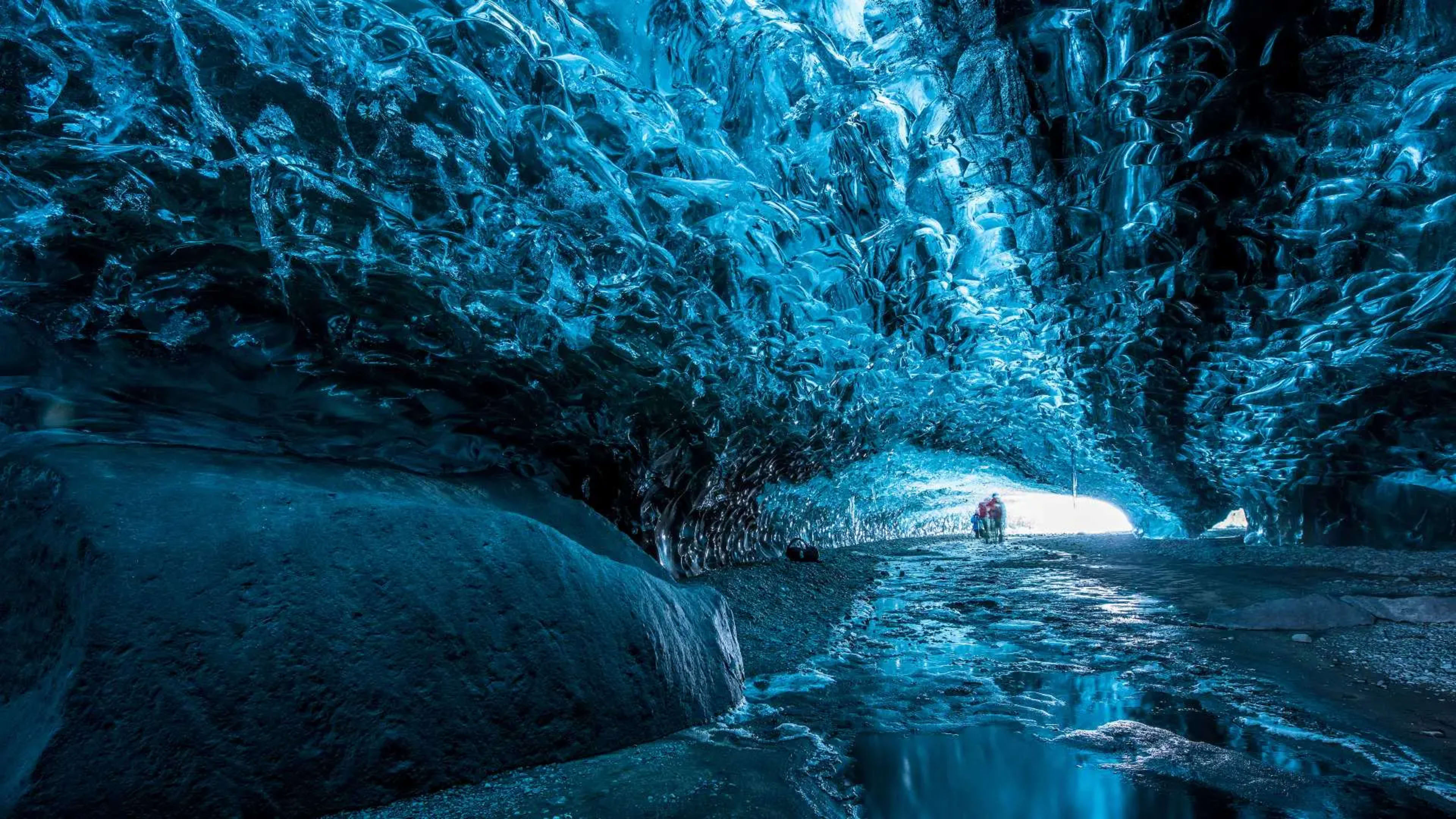
Because of how the ice caves in Iceland are formed, and for safety reasons, you can only visit them in deep winter from November to March.
Visiting Iceland in winter is great though, and not just because the ice caves are open! You can hunt down the Northern Lights, see snow-capped mountains, and watch new icebergs being born at the Jökulsárlón glacier lagoon.
- Choose from Iceland ice cave packages with included excursions.
- Blog: Northern Lights in Iceland – All about Aurora Borealis.
Can I hike on a glacier in Iceland?
Absolutely! Glacier hiking is a pretty one-off experience. You’ll be driven onto the glacier in a specially equipped super jeep (with humongous tires).

Your experienced guide will provide you with all the necessary gear, like safety helmets, crampons, and ice axes. After being given a quick tutorial on how to use the gear, you’ll head onto the glacier.
Once you’re there, you’ll be able to peer into deep crevasses and see mysterious ice formations.
What are the best lava caves in Iceland?
Iceland literally sits on a volcanic hotspot, straddling the faultline where the European and North American plates are slowly drifting apart. This means that wherever you are in Iceland, nature’s forces are at work beneath your feet!
You can see signs of this wherever you are in the country. Even driving from the airport to Reykjavík, you’ll pass through the enormous lava field of the Reykjanes peninsula (and the Fagradalsfjall volcano).

Lava caves and lava tunnels are another sign of the forces at work in underground Iceland. They were left behind by now-dormant volcanoes. The hexagonal columns of rock that line the walls are still clean and sharp, almost like they turned solid only yesterday.
How are lava caves formed in Iceland?
When a volcano erupts in Iceland, it’s because of a buildup of magma close to the earth’s surface. This molten rock collects in an existing weakness in the ground, called a fault. Eventually when the pressure gets too great, the magma breaches the surface as liquid lava.
This liquid lava finds its way through the crust via channels called lava tubes. These branch off from the magma chamber, which is basically a big boiling cauldron of earth.
When the eruption stops, it leaves behind this underground network of channels and chambers. This is what you’ll see – and walk inside – when you go on a lava cave tour in Iceland.
Where are the lava caves in Iceland?
Iceland has dozens of lava caves, but amongst the most famous are Surtshellir, Stefánshellir, and Víðgelmir. These are all in West Iceland, not far from the town of Borgarnes and the Snæfellsnes peninsula.

In South Iceland, there’s Raufarhólshellir and Þríhnúkagígur, both within driving distance of Reykjavík and Selfoss. In fact, there are day tours to Raufarhólshellir directly from Reykjavík, meaning it’s possible to see a lava cave even if you’re not driving yourself.
As you might have noticed from some of the names above, the Icelandic word hellir (HET-lir) means “cave”!
How can I see Iceland’s lava caves?
Unless you are an experienced caver, the only way to see Iceland’s lava caves is on a guided tour. This is the safest and most accessible option, and the one we recommend.
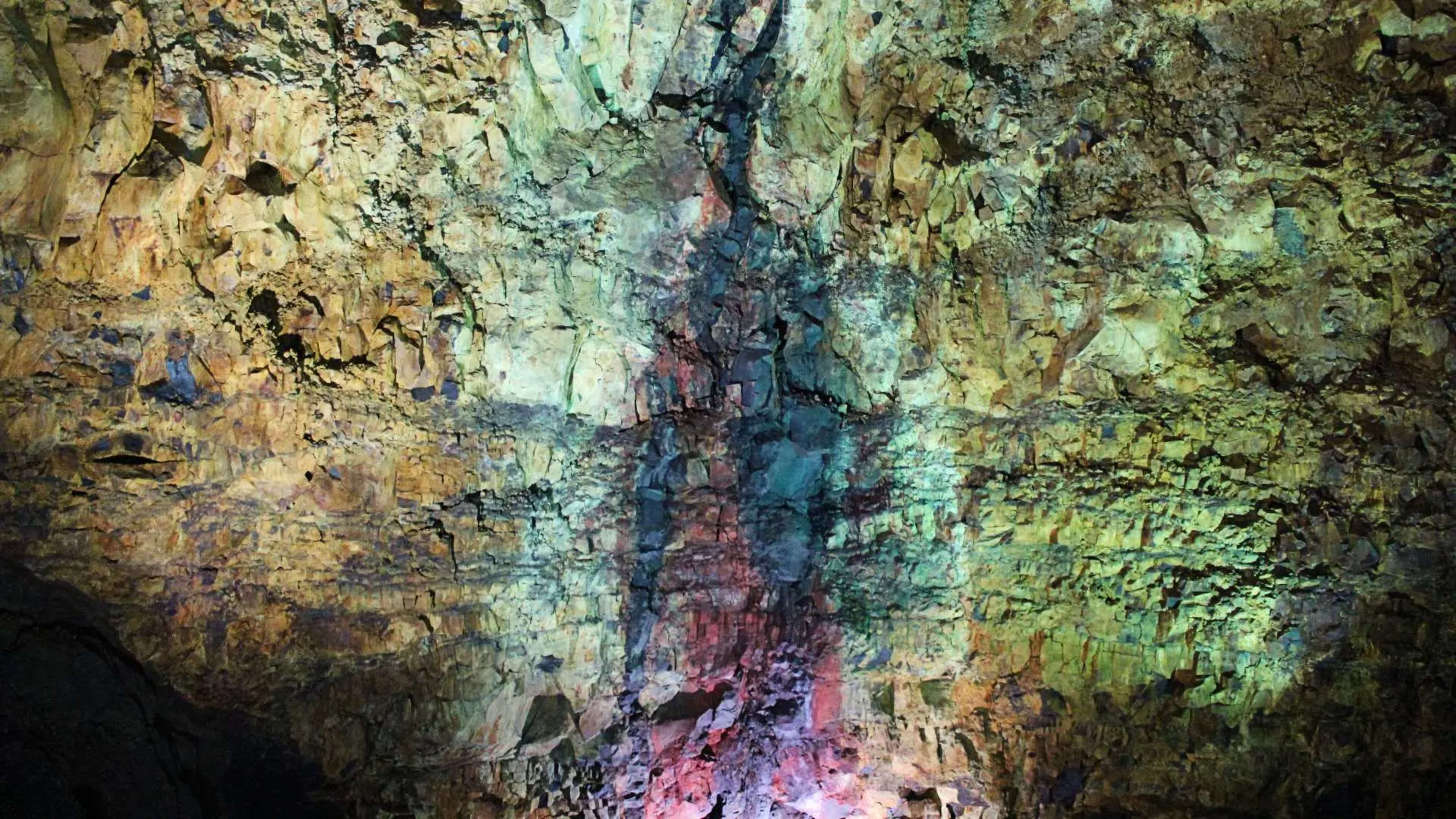
There are day tours to both Raufarhólshellir and Þríhnúkagígur led by experienced local guides. You’ll also be provided with all the necessary gear you need to enjoy the caves safely.
You should be prepared for a short hike to some caves, and of course inside them too. Make sure you’re wearing good hiking boots and bring a waterproof jacket. An extra thermal layer is a good idea too, as it can be cold inside!
With Iceland Tours, you have the option to add ice cave and lava cave tours to your travel plan. Take a look at our day tours page to see what caving tours are available and when!
When you’re ready to book your Iceland cave adventure, why not browse through our vacation packages?



